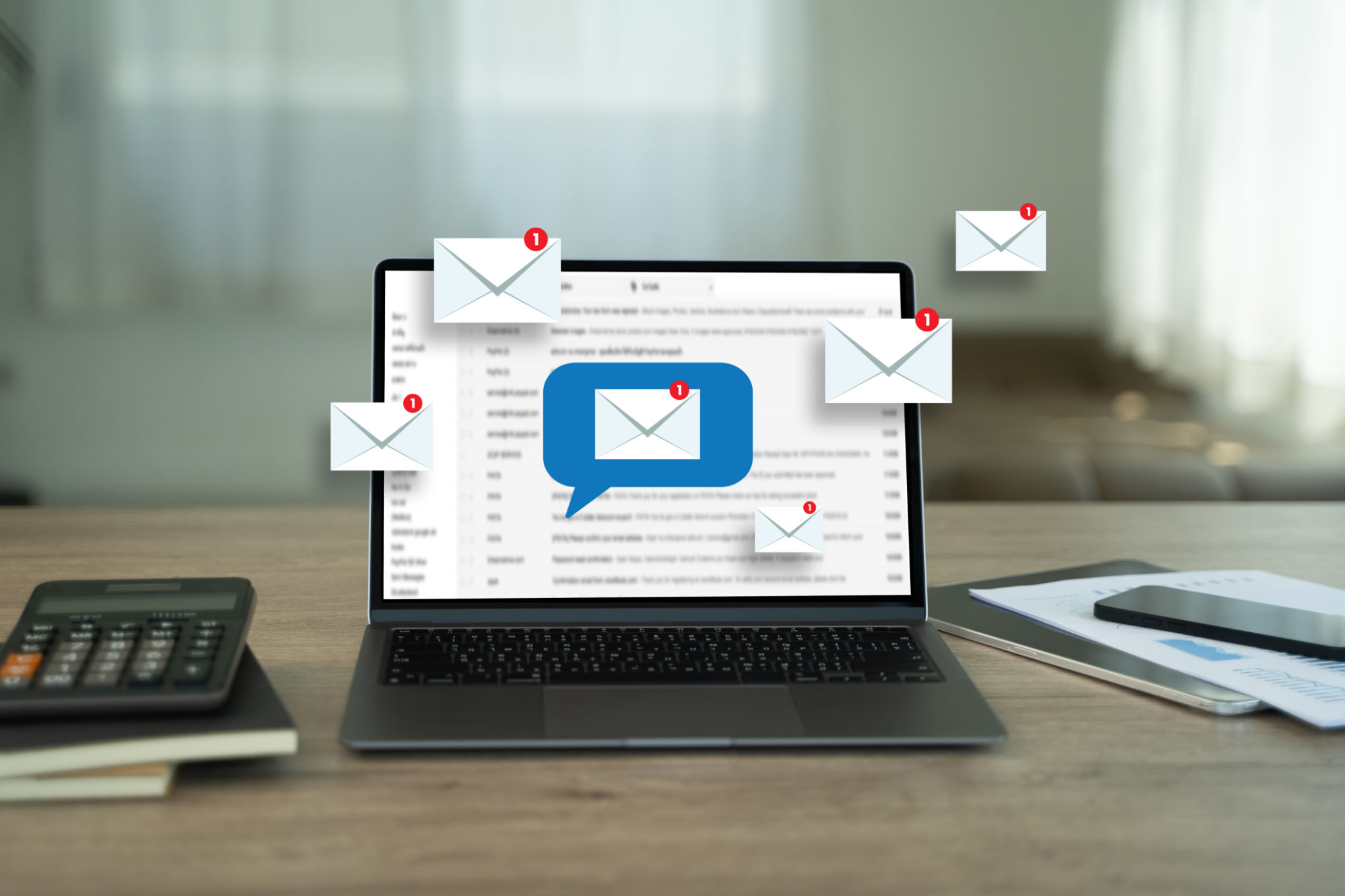How to Effectively Use a Reputation Monitoring Tool to Improve Email Performance
Understanding Reputation Monitoring Tools
Reputation monitoring tools are essential for businesses that want to maintain a positive brand image and enhance their marketing strategies. These tools help in tracking, analyzing, and managing your brand’s online presence. By leveraging these tools, you can gain insights into customer feedback, sentiment, and overall brand perception.
When it comes to email marketing, a good reputation monitoring tool can significantly improve your email performance. These tools provide valuable data that can help you tailor your messages and ensure they resonate with your audience. But how exactly do you use these tools effectively?

Identifying Key Metrics
The first step in using a reputation monitoring tool to boost email performance is identifying the key metrics you need to track. These may include:
- Open Rate: The percentage of recipients who open your emails.
- Click-Through Rate (CTR): The ratio of users who click on a link in your email to the total number of recipients.
- Conversion Rate: The percentage of users who take a desired action after clicking a link in your email.
Monitoring these metrics will give you a clearer picture of how your emails are performing and where improvements are needed.
Analyzing Feedback and Sentiment
Reputation monitoring tools often provide sentiment analysis, which can be incredibly useful for email marketers. By analyzing customer feedback and sentiment, you can determine how your audience feels about your brand and your communications. This information can guide you in crafting more personalized and engaging emails.

For example, if the sentiment is generally positive, you might want to maintain the current tone and messaging style. Conversely, if feedback suggests dissatisfaction, it may be time to rethink your approach.
Optimizing Content Based on Insights
Once you have gathered data and insights from your reputation monitoring tool, the next step is to optimize your email content. This could involve tweaking subject lines, adjusting send times, or personalizing content to better match audience preferences.
Consider A/B testing different versions of your emails to see which performs better. Use the insights from your monitoring tool to make informed decisions about what changes could lead to improved performance.

Maintaining a Positive Sender Reputation
Your sender reputation is crucial for ensuring that your emails land in recipients’ inboxes rather than their spam folders. Reputation monitoring tools can help you keep track of factors that affect this reputation, such as bounce rates and spam complaints.
By regularly analyzing these factors, you can take corrective actions when necessary, like cleaning up your email list by removing inactive subscribers or ensuring that your emails comply with anti-spam regulations.
Continuous Improvement and Adaptation
The digital landscape is constantly changing, and so are consumer preferences. To remain effective, it's important to continuously adapt your email strategies based on the insights provided by your reputation monitoring tool. Regularly reviewing and updating your email campaigns will help you stay ahead of trends and maintain high engagement rates.
Incorporating feedback from these tools into your marketing strategy not only enhances email performance but also strengthens overall brand loyalty and trust.